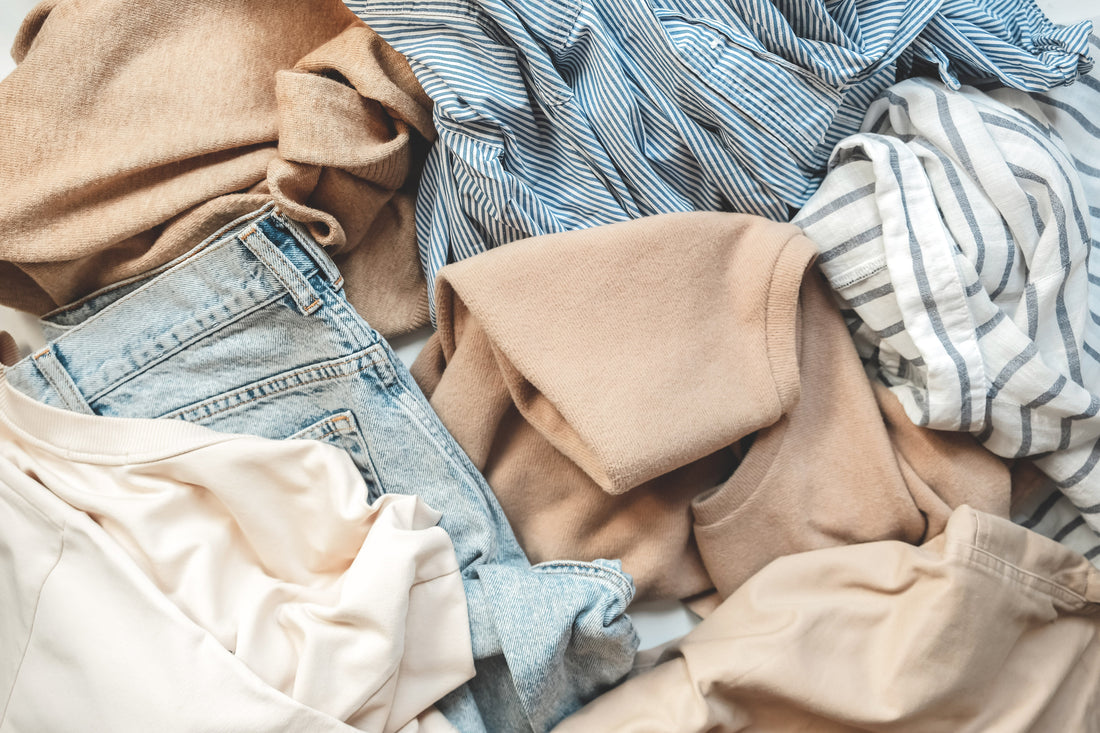
Spend more to save?
Mitchell SargentShare
It sounds like a strange statement... but hear me out.
Lets take purchasing a t-shirt as the case study... Is a $10 shirt REALLY cheap, and a $50 sustainably/quality made shirt really expensive?
From the up front cost, it would seem so... but what if we looked at it as the questions "How much money will I spend in the next 10 years on t-shirts?".
This brings in the life expectancy of the garment, or how often we have to buy anther, to the forefront of consideration.
Putting colour and fashion trends aside (a whole blog post dedicated to just this), it would be fair to say that a quality shirt needs to be wearable 5x longer than the cheaper option to break even on your bank balance... and I believe the right brands such as Patagonia do this AND more.
I fully appreciate that $50 for a t-shirt may not be feasible in each households cashflow at times, but maybe as a present now and then all makes a difference towards a healthier future for our planet.
This is just a short seed to start the discussion, watch this space for more data on the exact metrics and effect on long term cost in $'s for your wardrobe budget over time.
But even if its remotely close to the same monetary value for you, then its a no brainer to buy sustainably made garments that are made to last given the benefit isnt just to you; but also to the planet AND the communities along the supply chain.
Another cost saving option, that also saves the planet, is your colour and fashion trend decisions... the TLDR is that conservative colours and timeless fashion means you can wear your wardrobe until the garments literally desintergrate around you.
